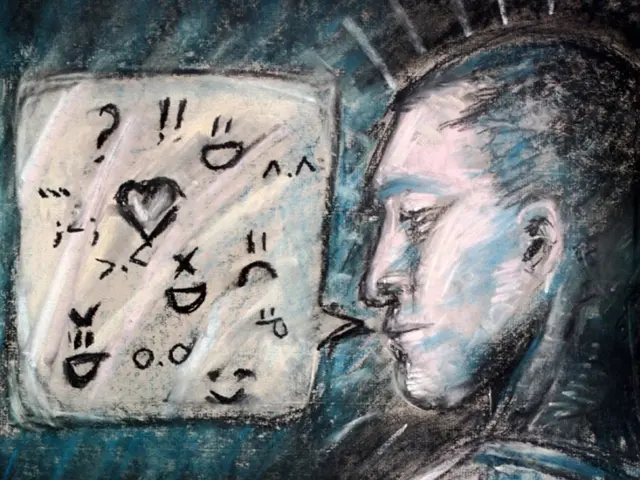Enhance Your Game Art with These Comic-Style Techniques
In the realm of digital art, comic-style rendering has become a popular choice for video game and animation projects. Here's a step-by-step guide on how to create such a rendering using Adobe Photoshop, as demonstrated by an experienced artist.
- Start with a Clean Base Image or Sketch Start by creating or importing your character or environment design at a high resolution. Rasterize the image if needed to allow editing.
- Create Clean Line Art Use a brush with good pressure sensitivity (ideal with a drawing tablet) to produce strong, precise outlines. Well-defined lines are critical as they form the comic style’s foundation.
- Apply Flat Colors Block in flat colors inside your line art to define color zones. Selecting a palette that suits the mood or character design is important here.
- Add Cell Shading or Flat Shading Use strong, simple shadows rather than gradient shading to create high contrast typical for comic rendering. This helps separate form and emphasize lighting.
- Ink and Rendering with Contrast Emphasis Use black ink layers to emphasize key edges and shadows. Push and pull inks to create depth and strong shapes, mimicking traditional comic inking techniques digitally.
- Use Layers for Highlights and Detail Add details and highlights on separate layers to allow flexible editing. Incorporate texture or noise layers subtly to simulate printing effects and cohesion with comic style.
- Final Touches and Polishing Use masking, overlays, and blending modes to refine shadows, highlights, and edges with precision. Adjust cleanups or effects iteratively.
Tips to refine and optimize this workflow:
- Work at or above final resolution to avoid pixelation during scaling.
- Rasterize layers early once ready to edit them freely.
- Use a drawing tablet for linework and inking precision, enhancing natural line variation.
- Create strong value separations early with flat colors and shadows to guide later detailing and avoid muddy images.
- Frequently use layer masks and blending modes to control ink density and layering without destructive edits.
- If animating, design your character or assets with separable layers or parts for easier rigging and movement.
- Consider complementing Photoshop rendering with specialized tools (e.g., ZBrush comic materials or Adobe Firefly for style referencing and image generation assistance) to speed up asset creation or add unique visual details.
The workflow balances manual comic-style artistry with digital flexibility, suitable for quick concept art or polished game/animation assets alike. The black ink work does a lot of the heavy lifting in rendering, while simple tricks can be used to push and pull ink shadowing around, benefiting the final image, particularly in the latter stages. The artist discusses laying down foundations for this kind of rendering and how each early step sets the foundation for later ones. The comic inking and rendering style creates high contrast in key areas, forcing artists to focus on value groups, key lighting, and well-defined forms.
- Explore 3D Models and Digital Sculpting For more organic or complex characters, consider using 3D modeling tools like Blender or ZBrush to sculpt detailed models before bringing them into Photoshop for rendering.
- Discover Ink and Paint Techniques for Traditional Animation Delve into tutorials on traditional ink-and-paint animation methods to gather techniques and aesthetic inspiration for your digital artwork.
- Optimize User Interface and User Experience (UI/UX) Design Skills To create visually appealing and user-friendly digital gadgets, leverage your understanding of the comic style and your creative skills in UI/UX design.
- Leverage Technology for Inspiration Keep tabs on advancements in technology like virtual reality, augmented reality, and AI, as they can inspire innovative visual art forms and storytelling mediums.
- Join a Digital Art Community Engage with fellow digital artists in online communities, learning from each other, sharing resources, and fostering a collaborative environment to grow and evolve.
- Expand Your Toolkit with More Digital Art Software Explore alternative digital art software like Procreate, Krita, Corel Painter, or Manga Studio to find the ideal toolset for your workflow preferences, style choices, and desired output.
- Explore Animation Timelines and Keyframes From simple flipbooks to advanced motion graphics, tangibly experience the principles of animation by working with timelines and keyframes within Photoshop or dedicated animation software.
- Maintain a Sketchbook and Routine Keep a sketchbook handy to jot down ideas, thoughts, and art experiments, helping you refine your own visual style and maintain a consistent creative output.




